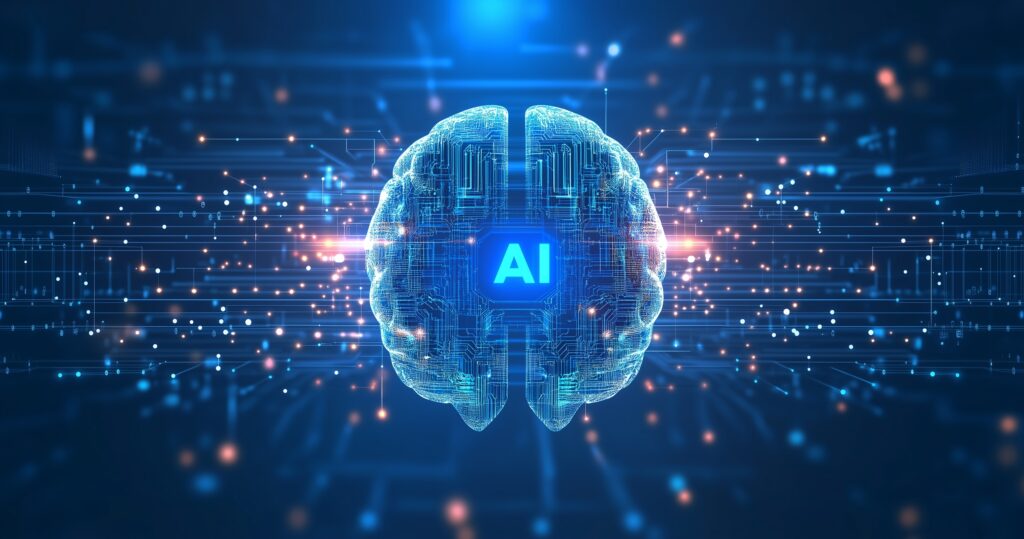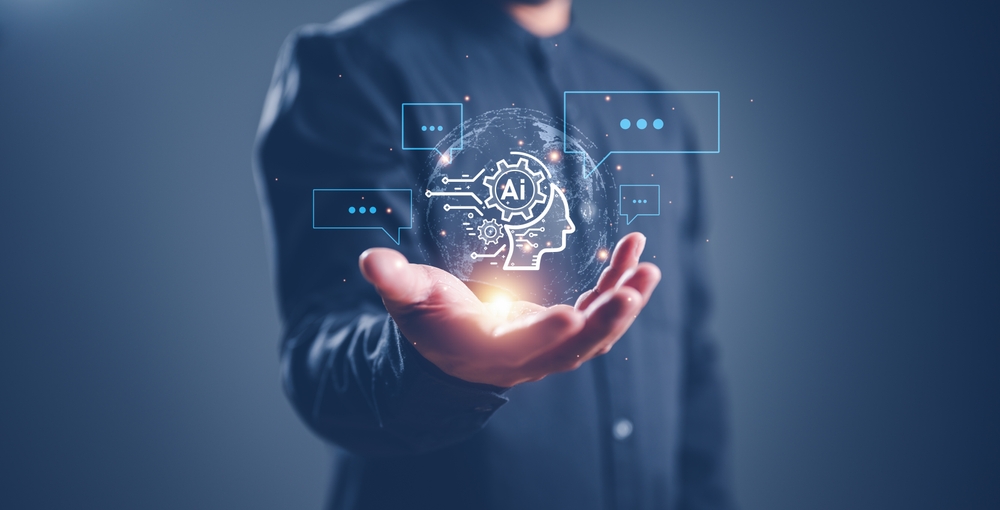Leveraging Artificial Intelligence
Leave a CommentIdentification and Implementation
Artificial Intelligence (AI) has emerged as a transformative force across industries, offering the potential to revolutionize processes, enhance decision-making, and drive innovation. However, to fully harness the power of AI, companies must strategically identify its applications and execute its integration effectively.
Identifying Uses for Artificial Intelligence
AI can be a powerful tool, but its effectiveness hinges on a thoughtful approach to identifying where and how it can be applied within a company. The following steps outline a strategic methodology for uncovering AI opportunities:
1. Understanding Core Business Objectives
Before delving into AI, companies need to define their primary business objectives. Whether it is increasing operational efficiency, enhancing customer experience, or driving revenue growth, having a clear understanding of these goals helps pinpoint areas where AI can provide the most value.
2. Analyzing Current Processes and Data
Performing a detailed analysis of existing processes and data is crucial. Identify areas with repetitive tasks, high error rates, or significant time consumption, as these are prime candidates for AI automation. Additionally, assess the quality and volume of available data, as AI solutions rely heavily on robust datasets for training.
3. Engaging Stakeholders
Involving key stakeholders from various departments ensures a comprehensive understanding of potential AI applications. Collaborate with department heads, managers, and employees to gather insights on pain points and areas that could benefit from AI intervention.
4. Exploring Industry Trends and Case Studies
Research industry trends and review case studies to see how competitors and other companies are leveraging AI. This can inspire innovative ideas and highlight proven applications of AI technology within your industry.
5. Prioritizing Opportunities
Once potential areas for AI implementation are identified, prioritize them based on factors such as impact on business objectives, feasibility, and resource availability. A well-prioritized list helps in allocating efforts and resources efficiently.
Implementing Artificial Intelligence
After identifying the key areas for AI application, the next step is to implement the technology effectively. The following guidelines provide a structured approach to AI implementation:
1. Defining Clear Objectives and Metrics
Set specific, measurable goals for AI initiatives. Define key performance indicators (KPIs) to track progress and measure success. Clear objectives and metrics provide direction and facilitate evaluation of AI projects.
2. Building or Acquiring Expertise
AI implementation requires specialized skills. Companies can build in-house expertise by hiring data scientists, machine learning engineers, and AI specialists. Alternatively, partnering with AI vendors or consultants can provide the necessary expertise without the need for extensive internal resources.
3. Developing a Data Strategy
A robust data strategy is the backbone of any AI initiative. Ensure data is collected, stored, and managed efficiently. Clean, high-quality data is essential for training accurate and reliable AI models. Implement data governance policies to maintain data integrity and security.
4. Starting with Pilot Projects
Begin with pilot projects to test AI applications on a smaller scale. This allows for experimentation and learning without significant risks. Pilot projects provide valuable insights and help refine AI models before full-scale deployment.
5. Integrating AI with Existing Systems
Ensure seamless integration of AI solutions with existing systems and processes. Compatibility with current infrastructure is crucial for smooth operations. Collaborate with IT teams to address technical challenges and ensure interoperability.
6. Fostering a Culture of Innovation
Promote a culture that embraces innovation and continuous learning. Encourage employees to explore AI applications and provide training to enhance their understanding of AI technologies. An innovative culture drives adoption and maximizes the benefits of AI.
7. Monitoring and Iterating
Continuous monitoring and iteration are essential for the success of AI initiatives. Regularly assess AI performance against defined metrics and make necessary adjustments. Feedback loops and iterative improvements ensure AI solutions remain effective and aligned with business objectives.
Conclusion
The strategic identification and implementation of AI can significantly enhance a company’s capabilities and drive competitive advantage. By following a structured approach to uncover AI opportunities and executing implementation with clear objectives, companies can unlock the transformative potential of AI. This journey requires collaboration, expertise, and a commitment to innovation, but the rewards of a well-executed AI strategy are well worth the effort.
–Matt Craig, Senior Director



